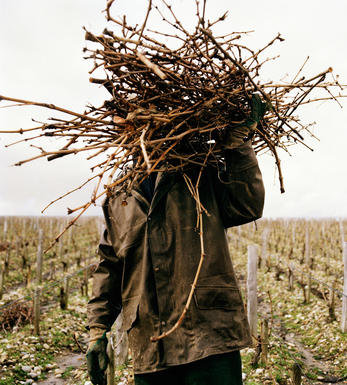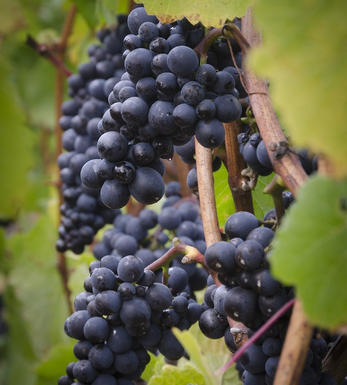
Champagne La Closerie, Jérôme Prévost, Les Béguines, Extra Brut (LC17)

About this WINE

Champagne Prévost
Jérôme Prévost's winemaking journey began in 1987 when he inherited a small plot of vines in the village of Gueux in the western part of Champagne. At that time, the grapes from his vineyard were sold to large Champagne houses. However, in the early 2000s, Prévost decided to take a different approach and began producing his own Champagne under his eponymous label, Champagne Jérôme Prévost.
What sets Prévost apart is his commitment to organic and biodynamic viticulture. He employs sustainable farming practices, avoiding using chemicals and synthetic fertilizers and instead focusing on enhancing the health of the vineyards naturally. Prévost believes healthy soils and vines are essential for producing high-quality wines with a strong sense of terroir.
The vineyard holdings of Jérôme Prévost are small, with a total of about two hectares (five acres) spread across multiple parcels. The most notable vineyard is Les Béguines, a one-hectare plot planted with Pinot Meunier, Prévost's main grape variety. He also has smaller vineyards named Les Goulats and Les Bassets.
The winemaking style is minimalistic, using traditional methods, including hand-harvesting the grapes and employing gentle pressing techniques to extract the juice. Prévost allows the wines to undergo spontaneous fermentation with indigenous yeasts, and he avoids malolactic fermentation, preserving the natural acidity and freshness in his Champagnes.

Brut Champagne
Brut denotes a dry style of Champagne (less than 15 grams per litre). Most Champagne is non-vintage, produced from a blend from different years. The non-vintage blend is always based predominately on wines made from the current harvest, enriched with aged wines (their proportion and age varies by brand) from earlier harvests, which impart an additional level of complexity to the end wine. Champagnes from a single vintage are labelled with the year reference and with the description Millésimé.
Non-vintage Champagnes can improve with short-term ageing (typically two to three years), while vintages can develop over much longer periods (five to 30 years). The most exquisite and often top-priced expression of a house’s style is referred to as Prestige Cuvée. Famous examples include Louis Roederer's Cristal, Moët & Chandon's Dom Pérignon, and Pol Roger's Cuvée Sir Winston Churchill.
Recommended Producers : Krug, Billecart Salmon, Pol Roger, Bollinger, Salon, Gosset, Pierre Péters, Ruinart

Pinot Meunier
Pinot Meunier is a black grape variety used primarily in the Champagne region of France. It is one of the three primary grape varieties used in Champagne production, alongside Chardonnay and Pinot Noir. Its exact origins are debatable, but it is believed to have originated in Champagne as a mutation of the Pinot Noir variety.
The name “Meunier” is derived from the French word for “miller,” as the underside of the grape leaves has a powdery, white appearance reminiscent of flour on a miller’s hands. The grapes are small and blue-black in colour, similar in appearance to Pinot Noir grapes.
Pinot Meunier is known for its adaptability and ability to grow well in cooler climates. It buds and ripens earlier than Pinot Noir, making it less susceptible to late spring frost damage. This characteristic is particularly valuable in Champagne, where the climate can be challenging.
The wines tend to be fruity, with flavours of red berries, cherries, and sometimes a hint of spice. They are often softer and more approachable than the more structured Pinot Noir in their youth.
While Pinot Meunier is most closely associated with Champagne, it is also grown in other wine regions, including parts of Germany, United States (mainly California), and New Zealand. In these regions, it is used to produce still and sparkling wines.


Buying options
Add to wishlist
wine at a glance
Delivery and quality guarantee